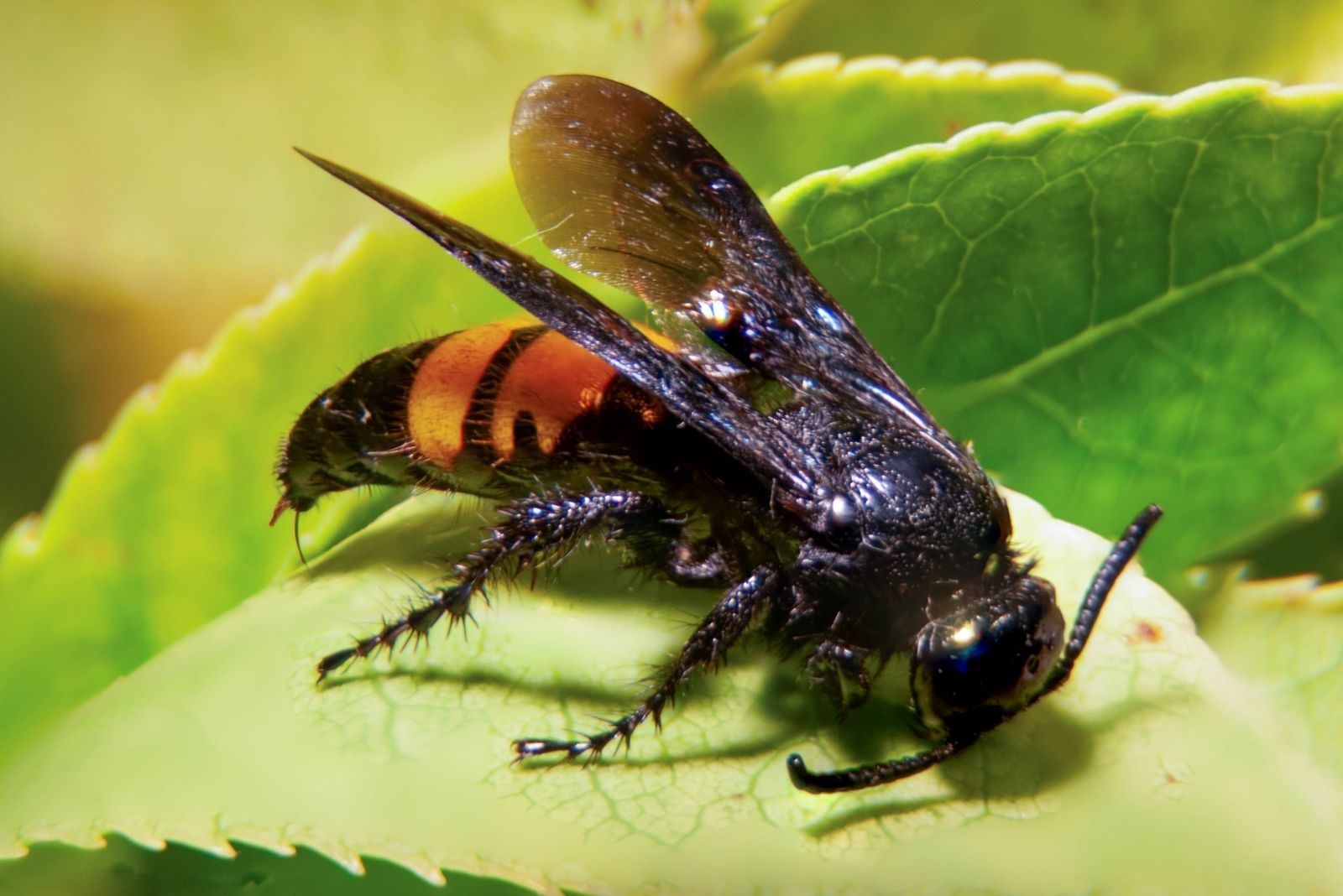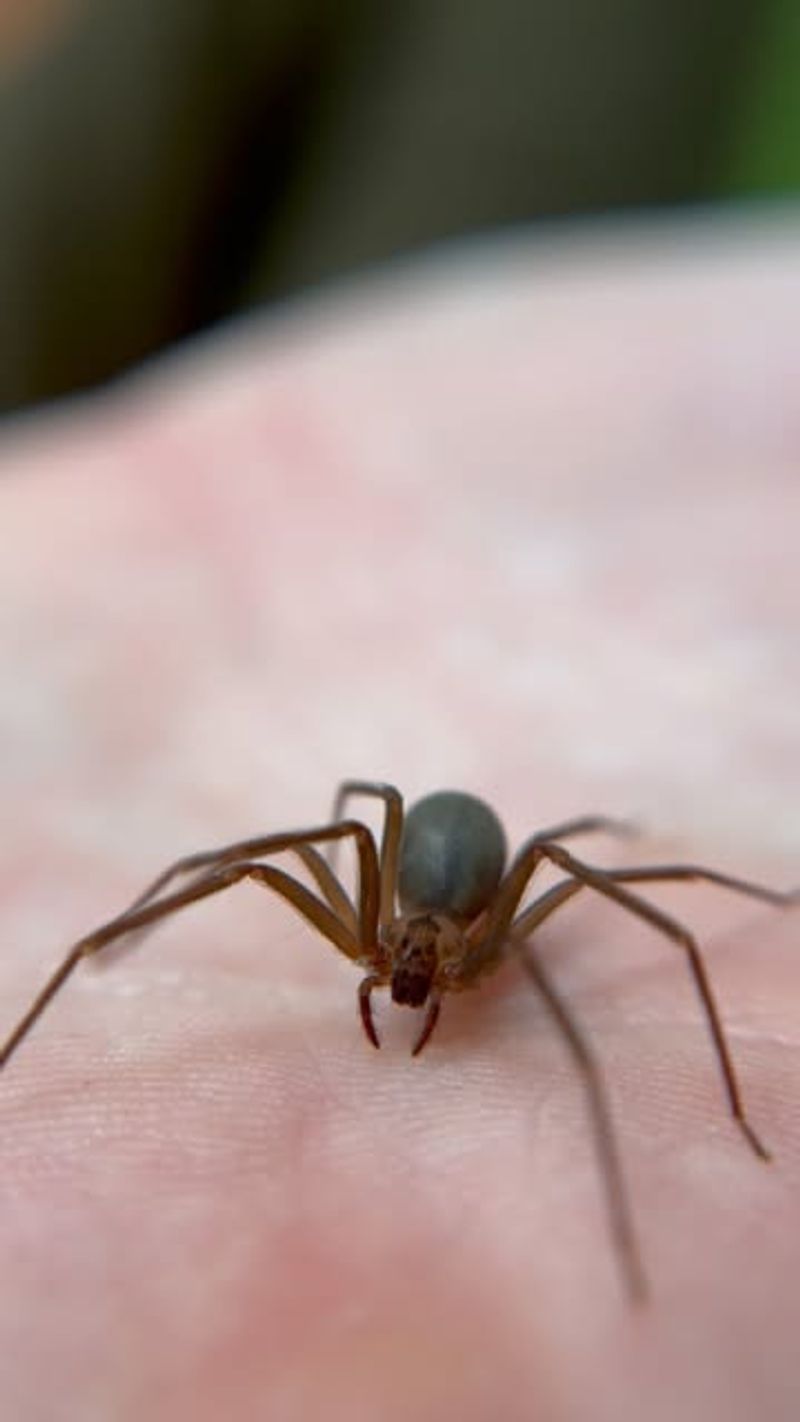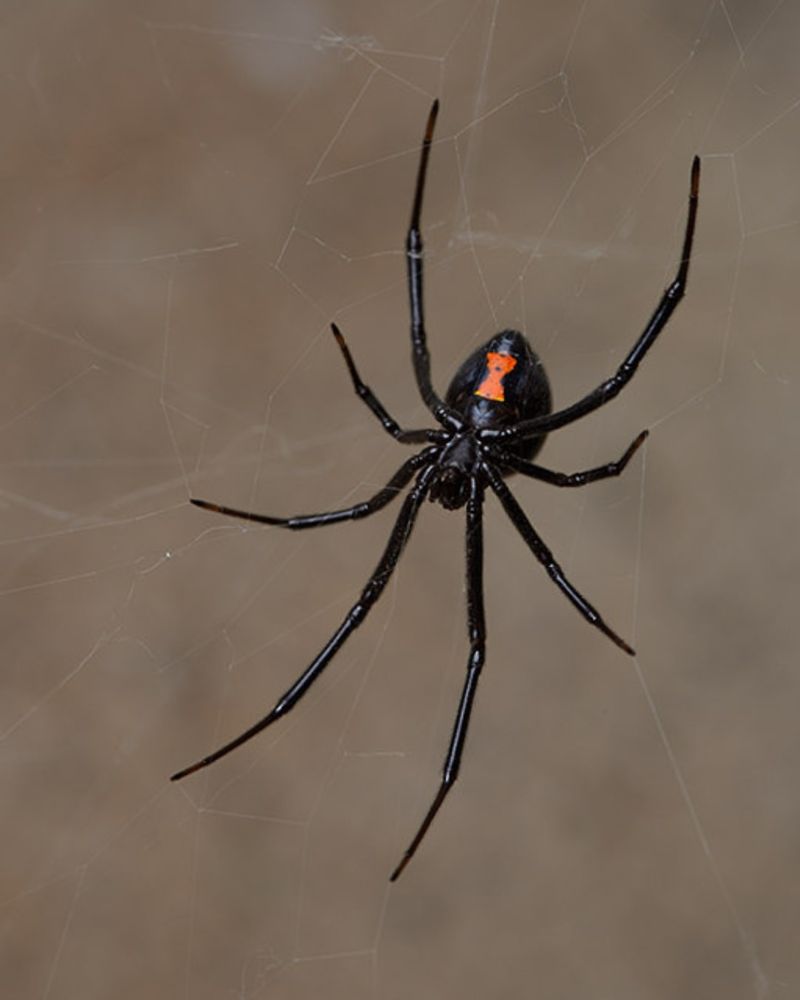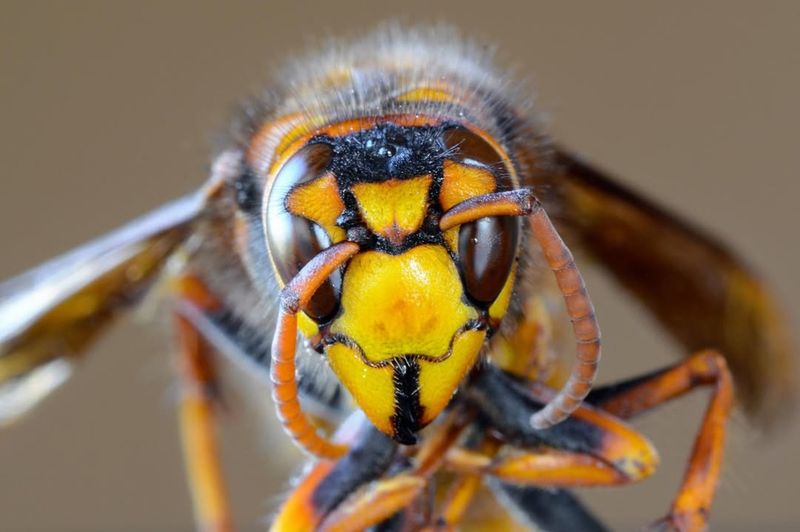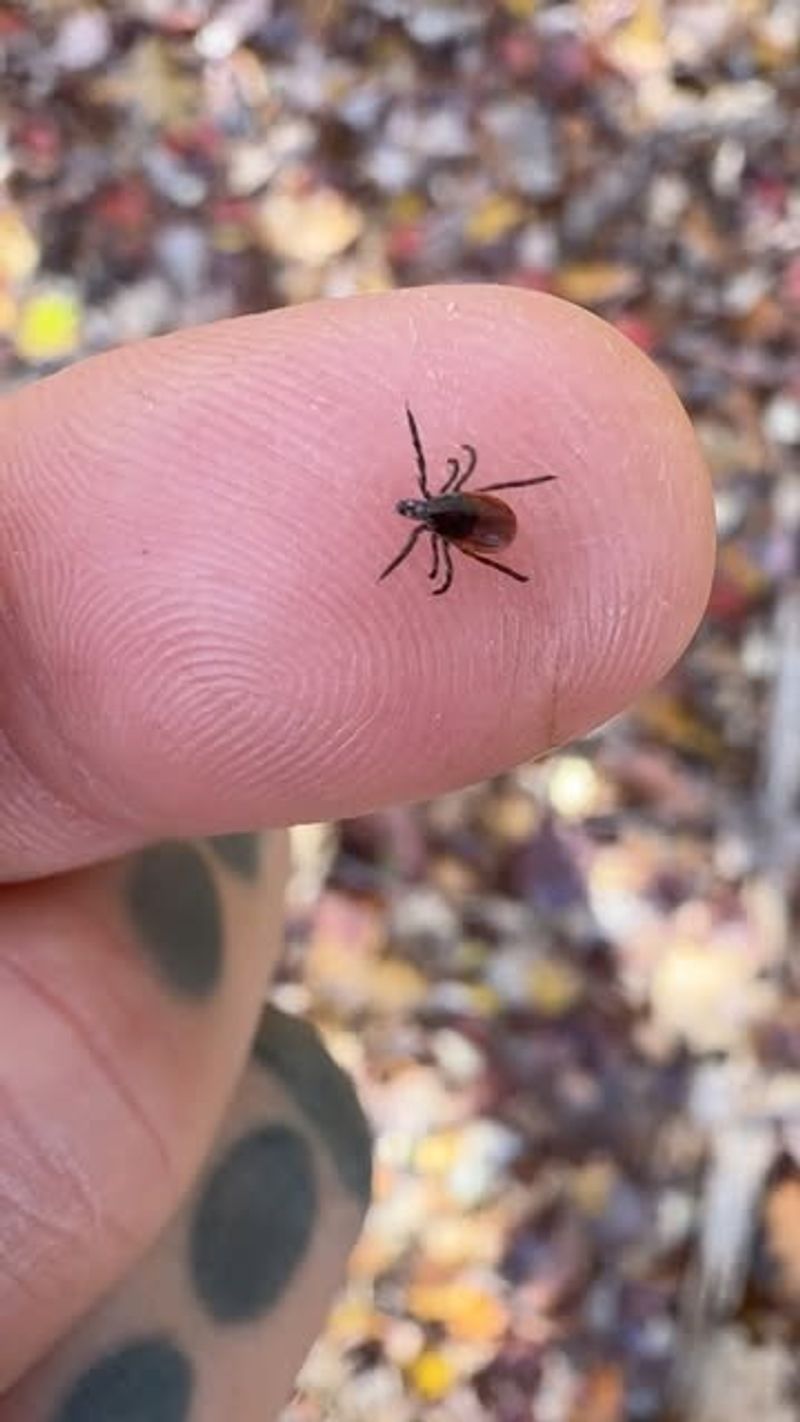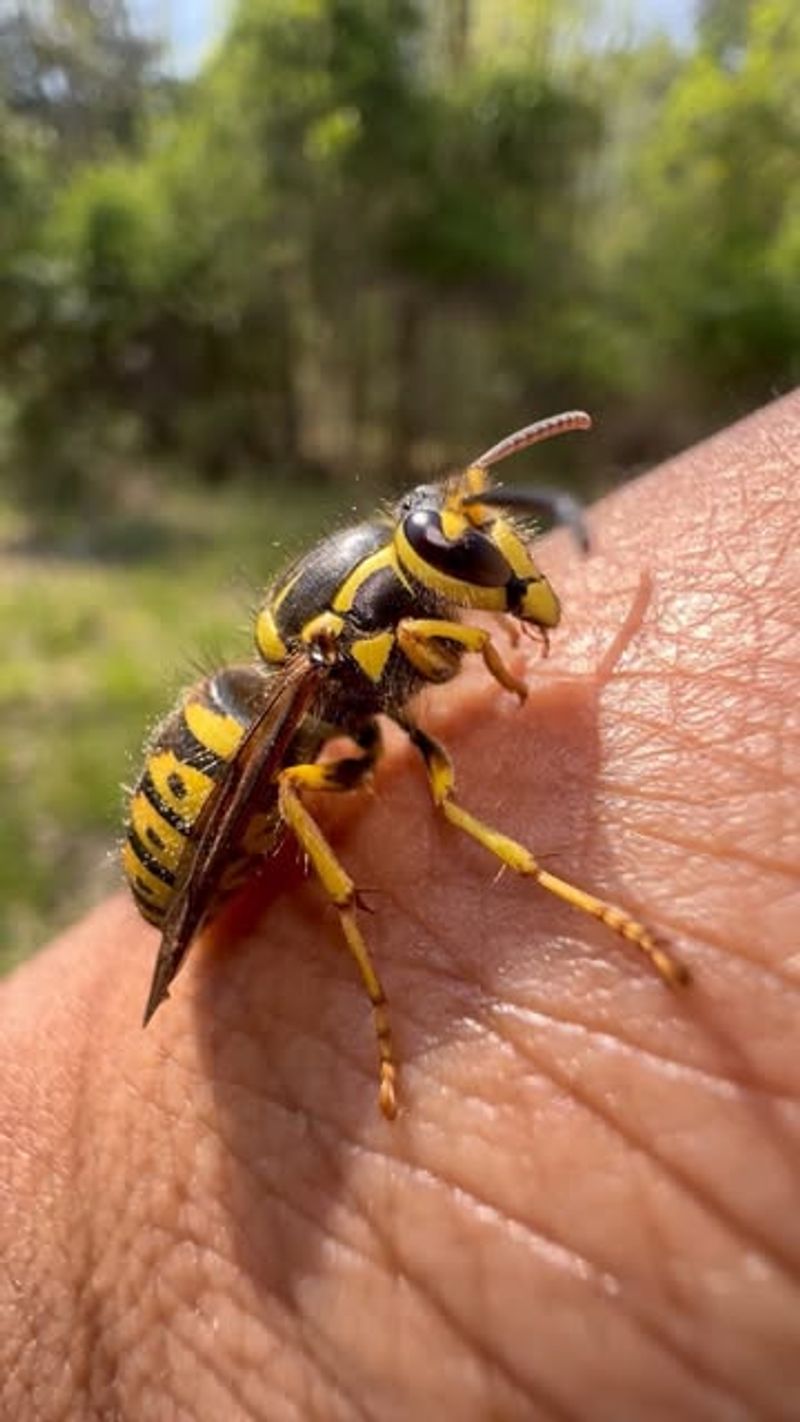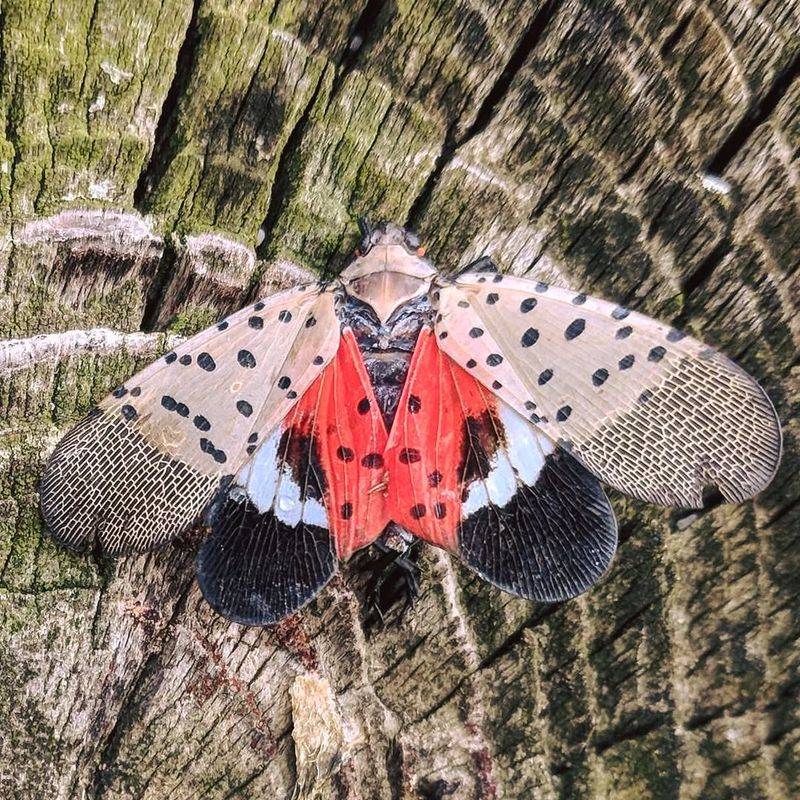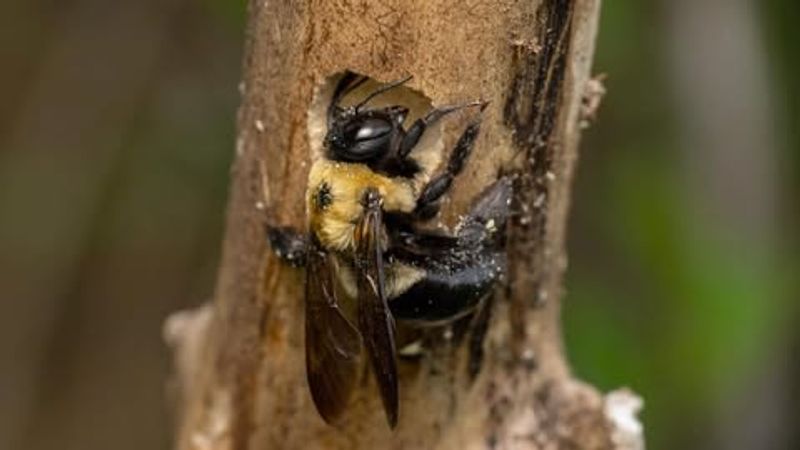Pennsylvania’s forests and hills make for stunning scenery—and plenty of backyard wildlife. But not every bug crawling around is as harmless as it looks. Some insects can damage your home, spread disease, or even pose risks to your family’s safety.
It’s worth knowing which ones to watch out for before they become a bigger problem. I’ve found that a little awareness goes a long way. Spotting trouble early means you can act fast and keep your outdoor spaces safe and enjoyable.
1. Brown Recluse Spider
With a bite that can cause severe tissue damage, the brown recluse spider is one bug you definitely don’t want hanging around your house. Recognizable by the violin-shaped mark on its back, this spider prefers dark, undisturbed areas like closets and basements.
Their venom can lead to painful wounds that take weeks or even months to heal. If you spot one, don’t try to catch it with your bare hands. Call a pest control professional right away to handle the situation safely.
2. Black Widow Spider
Black widows pack a venomous punch that can make even healthy adults seriously ill. Females sport a shiny black body with a red hourglass shape underneath, making them fairly easy to identify.
Their bites cause muscle cramps, nausea, and severe pain that can last for days. Kids and elderly folks face the highest risk of complications. Always wear gloves when moving firewood or reaching into dark spaces where these spiders like to hide.
3. Asian Giant Hornet
Nicknamed the murder hornet, this massive insect can grow up to two inches long and delivers an incredibly painful sting. Though rare in Pennsylvania, sightings have been reported, and their presence poses a serious threat to honeybee populations.
Multiple stings from these aggressive hornets can be life-threatening, especially for people with allergies. Their powerful mandibles can even bite through protective beekeeping suits. Report any sightings to local authorities immediately to help track and eliminate them.
4. Kissing Bug
Don’t let the cute name fool you—kissing bugs carry a parasite that causes Chagas disease, a serious illness affecting the heart and digestive system. They earned their nickname because they often bite people near the mouth while they sleep.
Found increasingly in Pennsylvania, these bugs hide in cracks around homes during the day. Their bites can cause allergic reactions ranging from mild itching to severe anaphylaxis. Seal up entry points around windows and doors to keep them out.
5. Deer Tick
Smaller than a sesame seed, deer ticks transmit Lyme disease, which affects thousands of Pennsylvanians every year. Early symptoms include fever, fatigue, and a distinctive bullseye rash, but untreated infections can cause joint damage and neurological problems.
Check yourself thoroughly after hiking or spending time in grassy areas. Remove ticks promptly using fine-tipped tweezers, pulling straight up without twisting. The sooner you remove an attached tick, the lower your risk of infection becomes.
6. Bald-Faced Hornet
Extremely territorial and aggressive, bald-faced hornets will attack anyone who gets too close to their football-sized nests. Despite their name, they’re actually a type of yellowjacket, not a true hornet.
Their stings are exceptionally painful and they can sting multiple times without dying. Colonies can contain hundreds of workers ready to defend their home. Never attempt to remove a nest yourself—one wrong move can trigger a swarm attack that sends you to the emergency room.
7. Fire Ant
Fire ants deliver burning, painful stings that leave itchy pustules lasting for days. Originally from South America, they’ve been spreading northward and have established colonies in parts of Pennsylvania.
When disturbed, hundreds of ants swarm out and attack simultaneously, climbing up shoes and legs before stinging all at once. Their venom causes allergic reactions in some people, ranging from hives to dangerous anaphylactic shock. Destroy any mounds you find on your property before they multiply.
8. Yellow Jacket
Aggressive scavengers that crash every outdoor barbecue, yellow jackets become especially hostile in late summer when their colonies peak. Unlike honeybees, they can sting repeatedly without losing their stinger.
Their nests can be hidden underground or inside wall voids, making accidental encounters common. Stepping on a ground nest while mowing the lawn can result in dozens of painful stings. People with allergies should carry an epinephrine auto-injector during warm months when these wasps are most active.
9. Spotted Lanternfly
Pennsylvania’s most notorious invasive pest, the spotted lanternfly destroys grapevines, fruit trees, and hardwoods by feeding on their sap. While they don’t bite humans, the economic damage they cause makes them a top elimination priority.
They excrete sticky honeydew that promotes mold growth and attracts other pests. State officials encourage residents to kill them on sight and report infestations. Scrape egg masses off surfaces during winter and stomp adults whenever you see them to help control their spread.
10. Carpenter Bee
Carpenter bees drill perfectly round half-inch holes into wooden structures, causing thousands of dollars in damage to decks, siding, and eaves. Though males can’t sting and females rarely do, the structural harm they inflict makes them serious pests.
Each female excavates tunnels up to ten feet long inside the wood, weakening beams and supports over time. They return to the same spots year after year, expanding their galleries. Paint or stain exposed wood surfaces to discourage nesting.
11. Lone Star Tick
Recognizable by the white dot on the female’s back, lone star ticks spread several diseases including ehrlichiosis and Southern tick-associated rash illness. Most surprisingly, their bite can trigger a severe allergy to red meat in some victims.
Alpha-gal syndrome causes delayed allergic reactions hours after eating beef, pork, or lamb, ranging from hives to life-threatening anaphylaxis. Use insect repellent containing DEET when outdoors and tuck pants into socks to create a barrier against these expanding tick populations.

